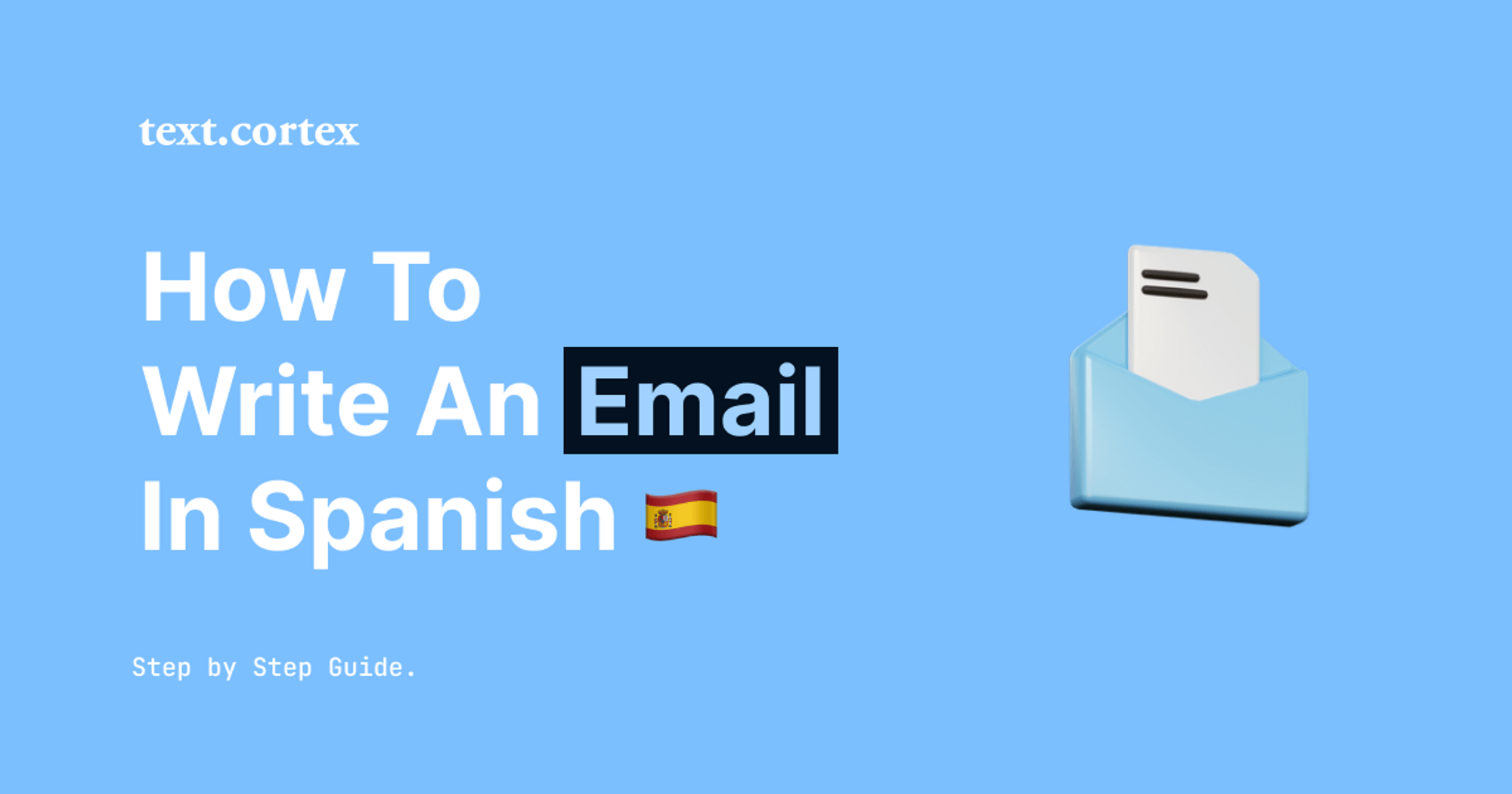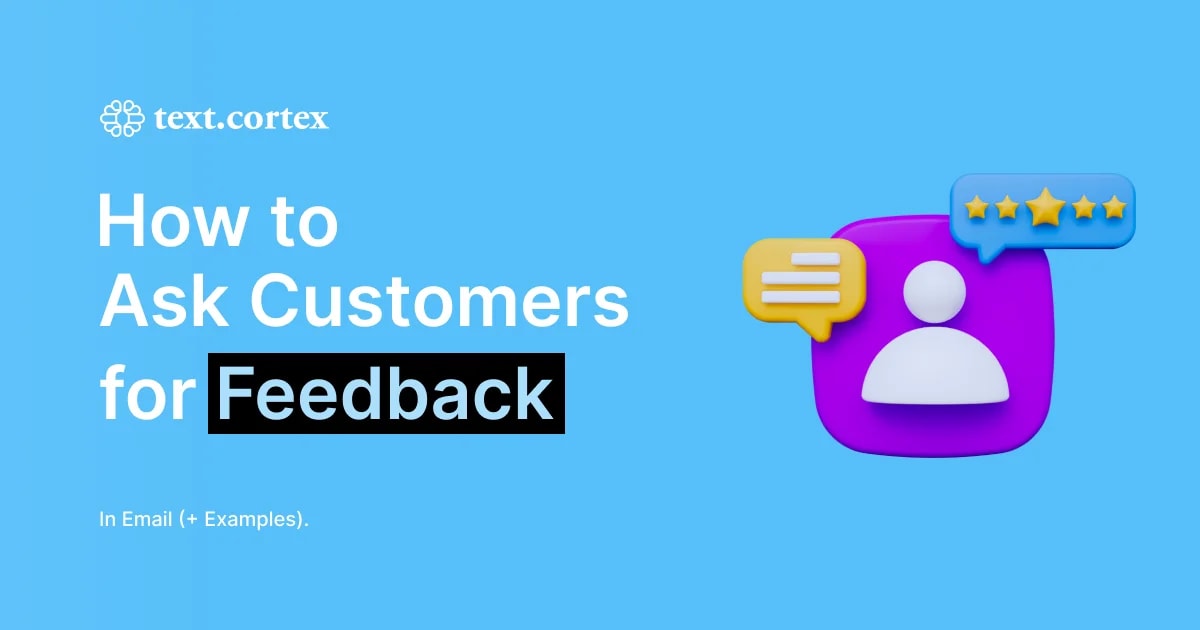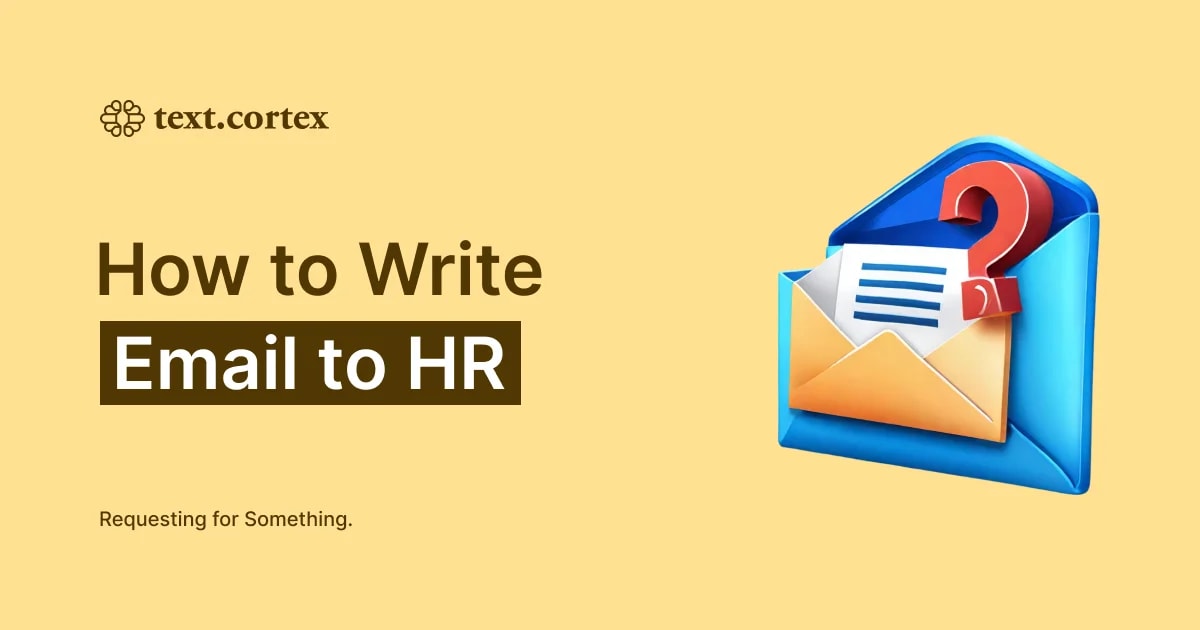It can be challenging for non-native Spanish speakers to write an email to someone in the Spanish language.
But in the modern, interconnected world, being able to communicate fluently in Spanish with customers, employees, or business partners is increasingly crucial.
Knowing how to write a professional email in Spanish that conveys your message effectively is crucial whether you're reaching out for personal or professional reasons.
We'll walk you through the entire process of composing an email in Spanish from start to finish, providing useful tips and examples along the way.
Let’s begin!
7 Tips on How To Write an Email in Spanish
Here are 7 pointers to keep in mind when writing an email in Spanish. In addition, we will give you some examples that you can use as you create them.
1. How Do You Start an Email in Spanish?
When starting an email, it's important to use the right greeting for the situation and the recipient's level of familiarity.
While more formal greetings like "Estimado/a" or "Buenas tardes" are expected when writing to people you don't know well or who are in authority positions, a more casual greeting like "Hola" is acceptable when writing to colleagues or people you know well.
✒️Estimado/a [Nombre del destinatario], - This is a polite but formal way to start a conversation with someone you don't know very well or in a business setting.
✒️Hola [Nombre del destinatario], - This is a less formal form of address, appropriate for use with close friends or in other less formal situations.
✒️Querido/a [Nombre del destinatario], - This is a very casual form of address, appropriate for use with close friends or family members.
Choose the most suitable greeting to establish a friendly relationship and consideration for the recipient throughout the email.
And to set the appropriate tone for your email, it is recommended that you begin with a greeting in the Spanish manner.
This can help make an excellent first impression and set the stage for a cordial and fruitful conversation.
Another reason to use a greeting is that it increases the likelihood that the recipient will respond positively to your email by making you seem more personable and social.
2. Introduce Yourself
Introduce yourself, your company, and the nature of the message if the recipient does not already know you.
Here are a few quick introduction email examples:
✒️Mi nombre es [Tu nombre] y trabajo en [Tu empresa].
Translation: My name is [Your name] and I work at [Your company].
✒️Me presento, soy [Tu nombre] y me dedico a [Tu profesión].
Translation: Let me introduce myself, I'm [Your name] and I work in [Your profession].
✒️Permítame presentarme, soy [Tu nombre] y me pongo en contacto con usted para [explicar el motivo del email].
Translation: Allow me to introduce myself, I'm [Your name] and I am reaching out to you to [explain the purpose of the email].
Introduce yourself in Spanish in business emails to set the tone for professionalism and respect.
If this information is included, the recipient will have a better idea of who is contacting them and what organization they work for.
Additionally, showing that you care enough to invest in developing a personal connection with the recipient can go a long way toward earning their trust and respect.
3. State the Purpose of the Email
Explain the point of your email in a few simple sentences. Keep your sentences and paragraphs brief to ease the reading process.
Several condensed examples of stating the reason for one's email outreach are provided below.
✒️Me pongo en contacto con usted para [explicar el motivo del email].
Translation: I am reaching out to you to [explain the purpose of the email].
✒️Quería ponerme en contacto con usted en relación a [explicar el motivo del email].
Translation: I wanted to get in touch with you regarding [explain the purpose of the email].
✒️Le escribo para [explicar el motivo del email].
Translation: I am writing to you to [explain the purpose of the email].
If you're writing an email in Spanish, it's vital that you make a point of the message crystal clear right off the bat.
The receiver will then be able to prioritize their response and provide the requested information or take the necessary action.
Your email will have a greater chance of success and efficiency if you are clear and concise about what you want to achieve or propose.
4. Request Action or Information
Make sure the receiver understands what you need from them.
Here are a few quick illustrations of how to ask politely for something via email in Spanish:
✒️¿Sería tan amable de proporcionarme la información solicitada lo antes posible, por favor?
Translation: Would you be so kind as to provide me with the requested information as soon as possible, please?
✒️Le agradecería mucho si pudiera responderme antes del [fecha o plazo], para poder avanzar en este asunto.
Translation: I would greatly appreciate it if you could respond to me before [date or deadline], so that we can move forward with this matter.
✒️¿Podría llevar a cabo la acción solicitada lo antes posible, por favor?
Translation: Could you carry out the requested action as soon as possible, please?
When asking for something in a business email, it's best to be polite and respectful, especially to people in higher positions or people you don't know very well.
Being kind and respectful goes a long way toward making and keeping good relationships at work.
It also shows that you value their knowledge and time, which makes it more likely that the other person will help you in the future.
5. Express Appreciation
An expression of gratitude and respect in an email written in Spanish is essential. This can go a long way toward improving professional ties and making the recipient feel appreciated and respected.
Here are some email thank you message examples:
✒️Muchas gracias por su tiempo y atención.
Translation: Thank you very much for your time and attention.
✒️Agradezco de antemano su ayuda en este asunto.
Translation: I appreciate your help in this matter in advance.
✒️Le agradezco de corazón por su colaboración.
Translation: I sincerely thank you for your cooperation.
By saying "thank you," you acknowledge the work and time that the other person put into helping you or giving you information.
Also, showing gratitude can make a good impression on the person you're thanking and make them more likely to work with you again.
6. Close the Email
When ending an email, it's important to use a formal closing like "Atentamente" or "Saludos cordiales".
This way you are showing respect for the recipient and demonstrating that you're willing to keep working together by saying that you're looking forward to their response.
Also, It is recommended to sign off with your name and contact information.
Here are several short examples on how to close an email in Spanish:
✒️Atentamente,
Translation: Sincerely,
✒️Saludos cordiales,
Translation: Best regards,
✒️Quedo a la espera de su respuesta,
Translation: I look forward to your reply,
A good last impression can make or break an email conversation, so make sure to end your Spanish communications on a positive note.
This can set the tone for a respectful and professional relationship, which is crucial in the business world.
7. Example of Email in Spanish
Here is an example of an business-oriented email in Spanish:
Estimado/a [Nombre del destinatario],
Mi nombre es [Tu nombre] y trabajo en [Tu empresa]. Quería ponerme en contacto con usted en relación a [Motivo del email]. He estado siguiendo su trabajo y creo que podemos colaborar juntos en este proyecto.
[Explica brevemente el proyecto y proporciona más información si es necesario.]
¿Sería posible tener una reunión para discutir este proyecto en detalle? Estoy disponible a [Proporciona tus horarios disponibles].
Muchas gracias por su tiempo y atención.
Atentamente,
[Tu nombre]
[Tu puesto]
[Tu número de teléfono]
[Tu correo electrónico]
Write Emails in Spanish on Your Own
We hope that these 7 steps on how to write an email in Spanish will help you get more business opportunities and build stronger relationships with your recipients.
However, there is one more tip in our sleeve that can help you generate effective and quality emails for any opportunity, without even knowing the language.
This is possible thanks to an AI writing assistant called TextCortex add-on.
What is TextCortex?
TextCortex is a customizable AI writing assistant that delivers high-quality writing for various business purposes.
In addition, several cutting-edge AI services are available, including AI generation, AI-based templates, rewriting, and manual writing.
Whether you need to translate, rewrite, summarize, or alter the tone of an existing text, this plugin will cover you.
How TextCortex Can Help You With Emails In Spanish?
A great way to write an email in Spanish is with the help of the "Bullet to email" feature.
Simply create a bulleted list of your key points in English or Spanish, choose your target language, select the relevant text, and click "Bullet to email."
After the TextCortex add-on generates its output, you can translate any English text into 25+ supported languages.
As an alternative, you can use our conversational AI feature called "Zeno Chat."
To start, click on the TextCortex logo in the lower right corner of your screen. Then create a task request like the one shown below.
In order to have an email composed in Spanish, all you have to do is tell our Zeno chat that you want it written in specified language (if you write in English).
Zeno Chat's output can be customized by setting a default language that will be used regardless of the task's request.
The good news is that TextCortex enables you to further tweak your content in desirable language with other popular options such as:
👍Long-form feature that will create up to 300 words blog posts in a single strike.
👍Zeno mode can predict the most relevant output based on your draft.
👍Brainstorming features will help you get going if your inspiration is stuck.
👍60+ AI templates will generate any content form based on keywords you provide.
Plus, our add-on is compatible with 2000+ most popular platforms.
Intrigued how it works?
Sign up for a freemium account and get 10 free creations per day to see how TextCortex can turn your content into attention-grabbing emails that get replies.


.webp)

